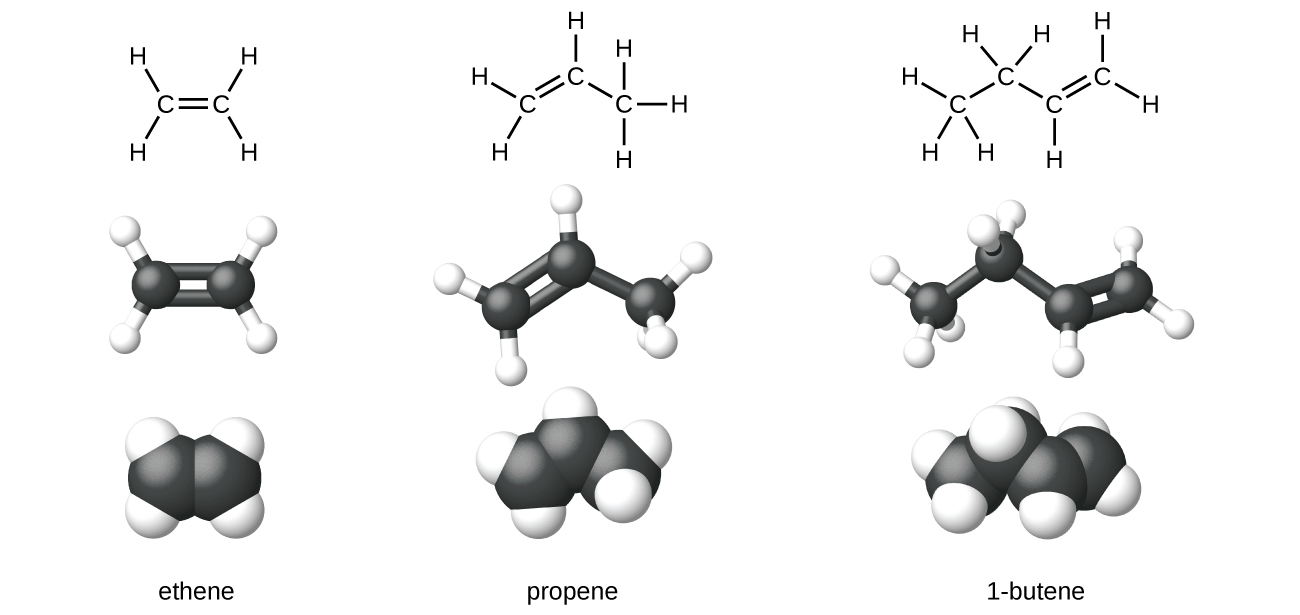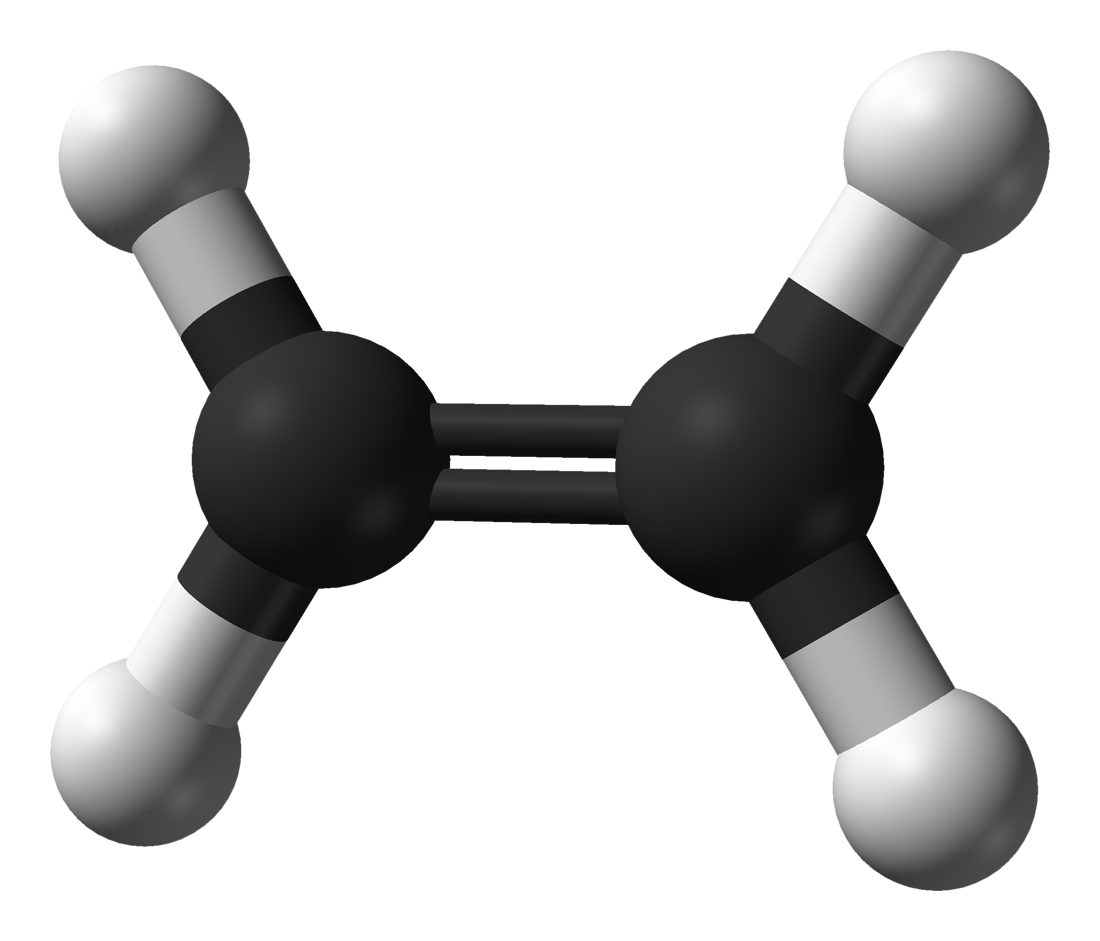
If it goes counterclockwise, the stereocenter has an S configuration. If the arrow goes clockwise, the stereocenter has an R configuration. Then, a circular arrow should be drawn around the stereocenter starting at group 1 and ending at group 3. The lowest priority group should be on a dashed bond, facing backward. Larger groups receive lower numbers, and hydrogen always receives a 1.

For hydrocarbons, groups on the stereocenter receive a number from 1 to 4 based on their size. The first step in determining R or S configuration is labeling groups in order of priority. Stereocenters receive an R or S label depending on how the groups around them are positioned. When a carbon has four different groups attached to it, it is called a stereocenter. Stereochemistry in Hydrocarbons Molecules R and S Configurationĭetermining stereochemistry is an important part of classifying and naming hydrocarbons. If the same substituent appears multiple times, each of its locations on the principal chain receives a number, and another prefix is added that indicates the number of times it appears. When naming the hydrocarbon, branches are numbered by which carbon on the principal chain it is attached to and take the prefix that corresponds to its number of carbons. The following are some of the common hydrocarbon prefixes: Number of CarbonsĪ shorter hydrocarbon chain coming attached to a longer one is called an alkyl group, branch, or substituents. With a triple bond, the name has an -yne suffix. If there is a double bond, the name has an -ene suffix. The name has an -ane suffix if there are only single bonds. The second part of the name depends on what type of bonds are in the compound.

The prefix of a hydrocarbon’s name comes from the largest number of carbon atoms it has in a single chain. Naming HydrocarbonsĪll three types of hydrocarbons have the same naming scheme. There are three types of hydrocarbons, each with unique and shared characteristics. Despite this simplicity, hydrocarbons are an incredibly diverse group of compounds. What is a Hydrocarbon?Ī hydrocarbon is a type of chemical compound that contains only carbon and hydrogen atoms.
#Alkene hydrocarbon with 6 carbons and dooble bonds full
The full name for the compound is (3E)-hepta-1,3,6-triene.In this tutorial, you will learn about hydrocarbons, their structures, and the organic chemistry reactions that relate to them. Since they are on opposite sides of the double bond, the configuration is E. The two higher-priority groups are the part of the chain to the left of C3 and the rest of the chain on C4. However, it is preferable to indicate the stereochemistry by the Cahn-Ingold-Prélog system.

The C3=C4 double bond is trans, so we could name the compound as trans-hepta-1,3,6-triene. The double bonds start at C1, C3, and C6, so the name without stereochemistry is hepta-1,3,6-triene. We have a seven-carbon chain with three double bonds, so this is a heptatriene. The double bonds start at C1 and C3, so the name is buta-1,3-diene (It is acceptable to call this 1,3-butadiene, but it is now the preferred practice to put the locating numbers as close as possible to the groups they locate). We have a four-carbon chain with two double bonds, so this is a butadiene. Z (zusammen) means the higher priority groups are on the same side of the double bond. You can use the cis/trans notation when there is a hydrogen atom on each of the alkene carbons, but it is always safer to use the Cahn-Ingold-Prélog E/Z notation.Į (entgegen) means the higher priority groups are on opposite sides of the double bond.

Indicate the number of double bonds by inserting the multiplying prefixes di, tri, tetra … prefixes before the -ene ending. Of course, remember to give them the lowest numbers possible and remember to write them in alphabetical order. If the double bonds are the same distance from the end of the chain, pick the chain that gives the first substituent from either end the lower number.Īdd substituents and their position to the name of the alkene as prefixes. Give the lowest possible number to one of the C=C double bonds. If you have two ties for longest continuous chain and both chains contain a C=C double bond, then choose the chain with more substituents. The basic rules for naming polyenes (alkenes with more than one double bond) are the same as those for the nomenclature of alkenes, except that we use a multiplying prefix to indicate the number of double bonds.įind the longest continuous chain of carbon atoms that contains the maximum number of C=C double bonds (this may not necessarily be the longest continuous chain of carbon atoms).


 0 kommentar(er)
0 kommentar(er)
